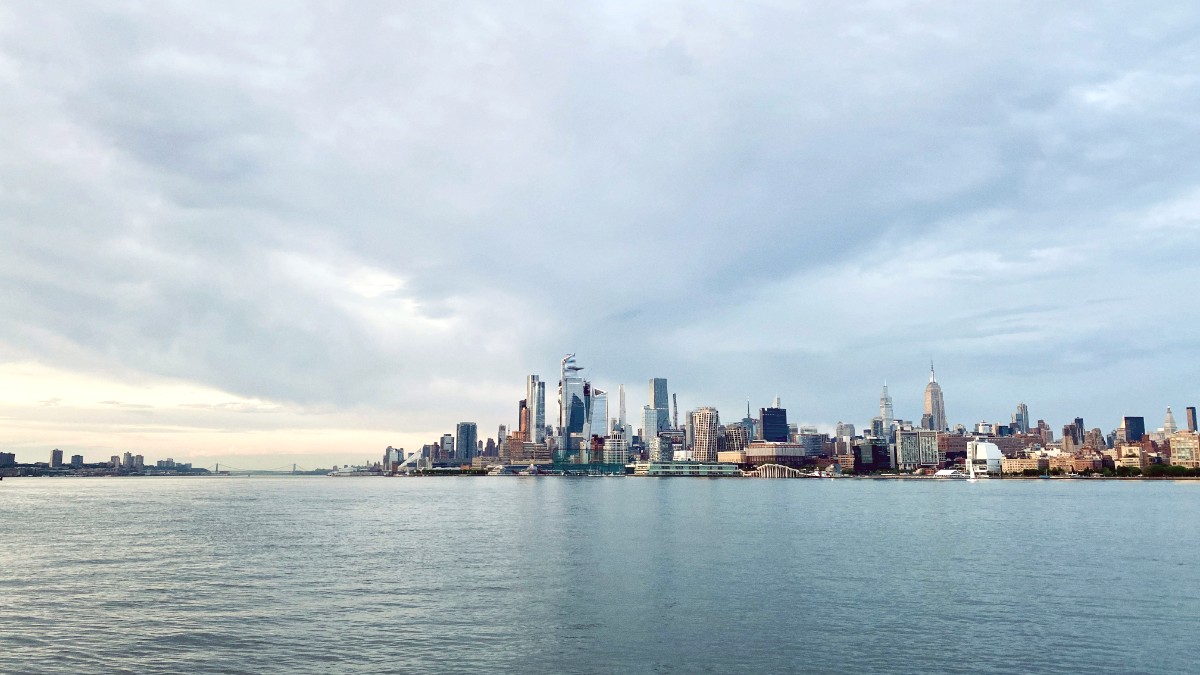
New York State, USA
Long Island features a collection of historically significant locations, each with an unique story.
These sites connect visitors with the island's past, from maritime heritage to its role in early American history.
The Ronkonkoma Moraine and Harbor Hill Moraine are glacial formations that shaped Long Island's distinctive North and South Forks, remnants of the last ice age contributing to topography.
A quirky, 20-foot tall duck-shaped building built in 1931. This roadside attraction now serves as a gift shop and a fun photo stop. It exemplifies "duck architecture."
Focuses on Long Island's rich maritime heritage, featuring historic boats, oyster houses, and engaging exhibits. An authentic view into the island's seafaring past, less flashy than larger museums but deeply informative.
A beautiful, contemplative garden designed as a memorial. It a peaceful place for quiet contemplation and reflection.
Numerous galleries dot the Hamptons (e.g., Bridgehampton, East Hampton) and Sag Harbor. They showcase contemporary and traditional art.
Many towns have local historical societies that operate small museums and archives, deep dives into local heritage and preserving community stories.
Find exciting attractions and activities to make your Long Island visit memorable.
Book tickets for popular museums, cultural institutions, and tours in advance through platforms like GetYourGuide.
Discover guided tours to iconic landmarks and scenic viewpoints across the island.
Join guided walking tours to learn about historic towns and uncover hidden gems at a leisurely pace.
Long Island has its own airports (ISP, FRG) and is close to NYC airports (JFK, LGA) for easy access.
A car is generally advisable for exploring the diverse regions of Long Island, especially the East End.
The Long Island Rail Road (LIRR) connects many areas to New York City. Local buses also serve various towns.
Long Island’s appeal changes with the seasons. Summer brings beaches and bustling Hamptons. Fall foliage and harvest festivals.
Travel costs vary significantly. East End (Hamptons, Montauk) can be expensive, especially in summer. Western LI areas offer more budget-friendly options.
Peak season (summer) sees large crowds, especially on the East End. Shoulder seasons (spring/fall) generally have fewer people and pleasant weather.
Optimize your visits with these helpful tips.
Effective trip planning can make your Long Island visit smoother and more enjoyable.
Consider transportation, local customs, and seasonal variations.
Navigating Long Island. A car is often necessary for flexible exploration, but public transport has its uses.
Your well-being is important. Stay informed about health and safety measures.
Practical advice for managing finances and staying connected.
For police, fire, or medical emergencies, dial 911. This is the universal emergency number in the United States.
Long Island has numerous hospitals including Stony Brook University Hospital, Northwell Health, and Catholic Health facilities.
For non-emergencies, you can search for local police department numbers or dial 311 in NYC-adjacent areas for municipal services.
Long Island Convention & Visitors Bureau provides information on attractions and events.
Discover Long IslandFor LIRR information, visit their official website. For local bus services, check Suffolk County Transit or Nassau Inter-County Express (NICE).
LIRR WebsiteCheck local weather forecasts, especially when planning outdoor activities or beach visits.
During summer, verify beach conditions and any closures due to water quality or adverse weather.
For traffic updates and road closures, use navigation apps or local traffic reporting services, especially during peak travel times.
Specific considerations for visitors from outside the United States.
For significant issues or emergencies, your country's consulate can provide support.
For souvenirs or large purchases, inquire about shipping options from stores.
Familiarize yourself with your home country's customs regulations for items like alcohol or food products to avoid issues upon re-entry.
Travel responsibly to preserve Long Island's natural beauty and support local communities.
Contribute to the preservation of Long Island’s environment.
Directly support the people and businesses that make Long Island unique.
Engage respectfully with local culture and heritage.
Your respectful presence contributes positively to the community.
Make thoughtful choices about your purchases and resources.
These actions reduce your environmental footprint.
Small changes in your travel habits have a positive impact.
Every conscious choice adds to Long Island's well-being.
Engage with locals, learn about their traditions, and support community initiatives.
Be aware of local issues and how your visit can either support or hinder local efforts for sustainability.
Leave a positive legacy by making choices that benefit both the environment and the local population.